I love teaching science! I enjoy doing science experiments with children in the classroom and at home with my own kids.
One of my favourite parts is children’s reactions when we do science experiments, and their genuine interest and enthusiasm towards them. My hope is that they never lose this curiosity and sense of wonder.
There are lots of exciting science experiments that you can do with kids. The experiment below is one of my all time favourites and guaranteed to be a hit with kids of all ages.
This experiment causes a chemical reaction – or explosion – as your kids will probably call it. It will keep kids engaged and excited as they watch with anticipation.
As with all science experiments, make sure there is an adult supervising and take precaution when doing the experiment.
I have done this experiment several times for different themes/events. It is fun for parties, science class or even Halloween.
I have included an ‘exploding’ pumpkin idea at the bottom – it is a annual science experiment in my classroom at Halloween.

Materials for Science Experiment
There are only a few ingredients that you need for this experiment:
- hydrogen peroxide
- dish soap
- food colouring
- dry yeast
You will also need a few bowls/containers. Since I often do this experiment in front of a group of children, I like to raise my bowl that the liquid/foam will ooze out of. This way more children are able to see the reaction.
If you are doing it at home with only a child or two, you can simply place the ingredients in a large bowl.
I place my bowl of mixed ingredients on top of another bowl that I have flipped over, and place both of these containers inside of a large bowl (see picture below).
This large bowl will not only catch the overflow, but having the bowl raised creates a beautiful waterfall type effect as the foam flows out of the small bowl.
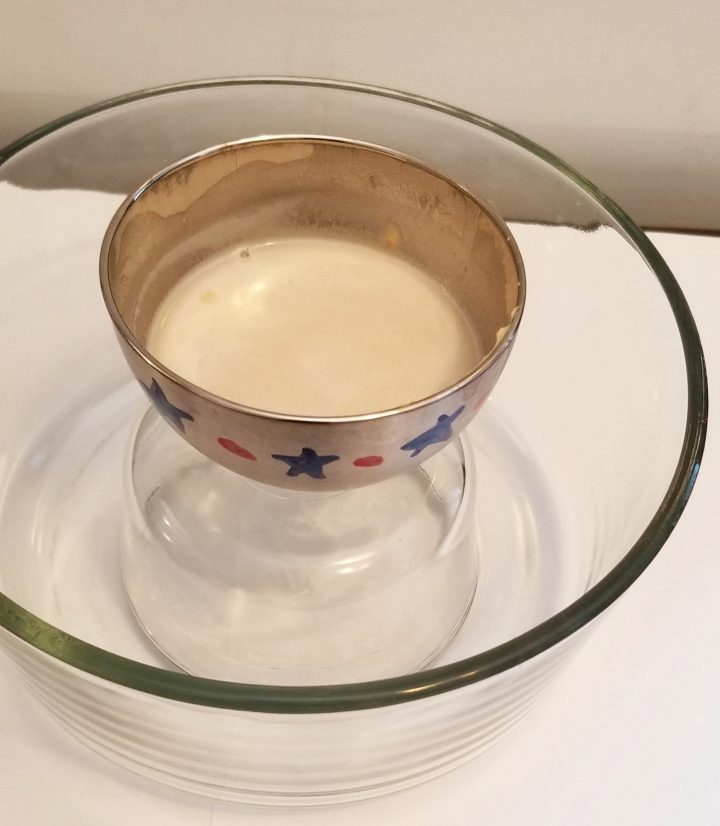
I strongly suggest using a bowl that can hold several liters. One thing that I have learned, from doing several science experiments, is that it is better to use a container that you think is too big rather than too small!
And I am always amazed at how much foam this experiment creates.
All science experiments, especially ones that create a chemical reaction, are best done by an adult, especially with young children.
Steps
Start by pouring 3/4 of a cup of hydrogen peroxide into a container.
Next, add roughly 1/4 cup of hand soap.
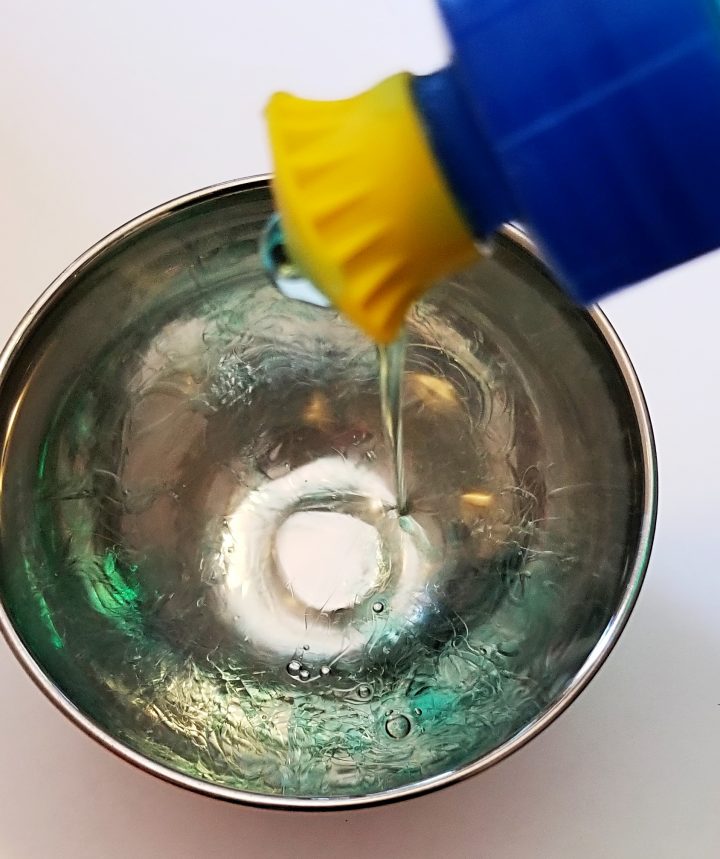
Finally, add lots of food colouring (about 1 tbsp) and stir mixture.
In another container, add 2 and 1/4 tsp of dry yeast and 1/4 cup of warm water (the water must be warm!). I mixed this until all of the yeast was mixed in.
This will create a kind of paste to start, but keep mixing and it the yeast will dissolve into the water.
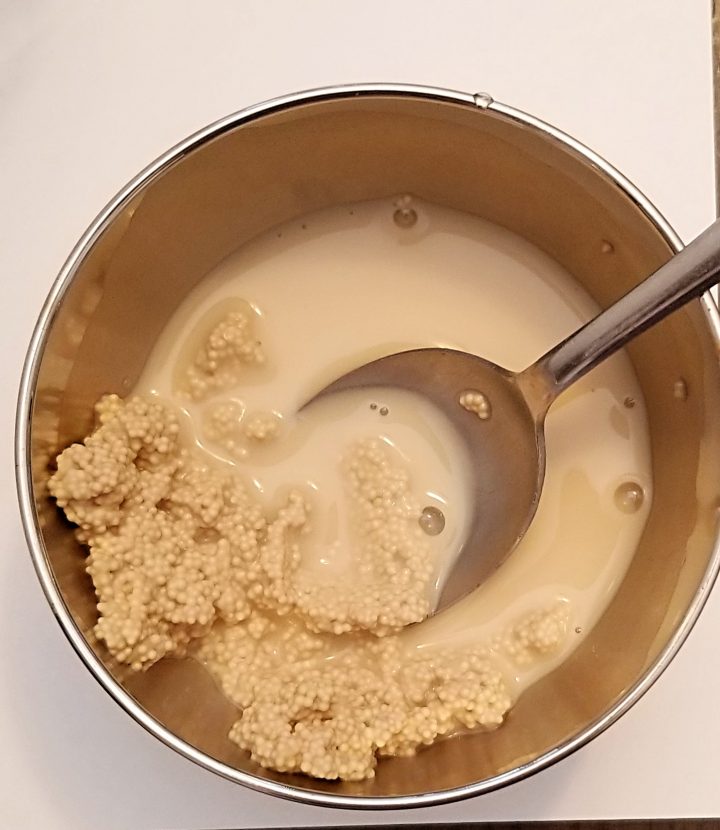
If you are looking for children to participate in a hands-on way in this experiment, giving them a turn to stir the yeast/water mixture is a great way to keep them engaged.
It can lead to a great discussion of where does the yeast go as it mixes in? How does it look different? What does it smell like?
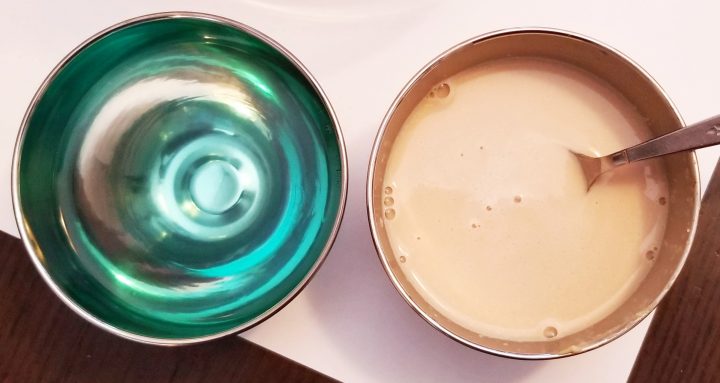
You will now have both of your mixtures ready to go. Make sure to keep them separate until you are ready to mix!
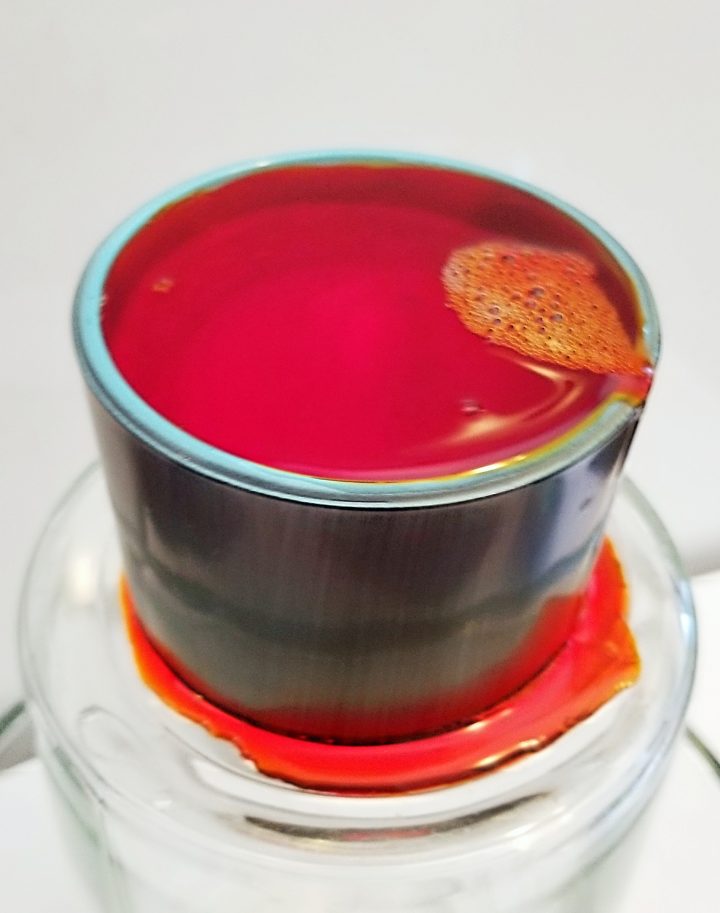
I added red food colouring to the hydrogen peroxide/soap mixture. Place this bowl and mixture in the large bowl and you are ready to mix!
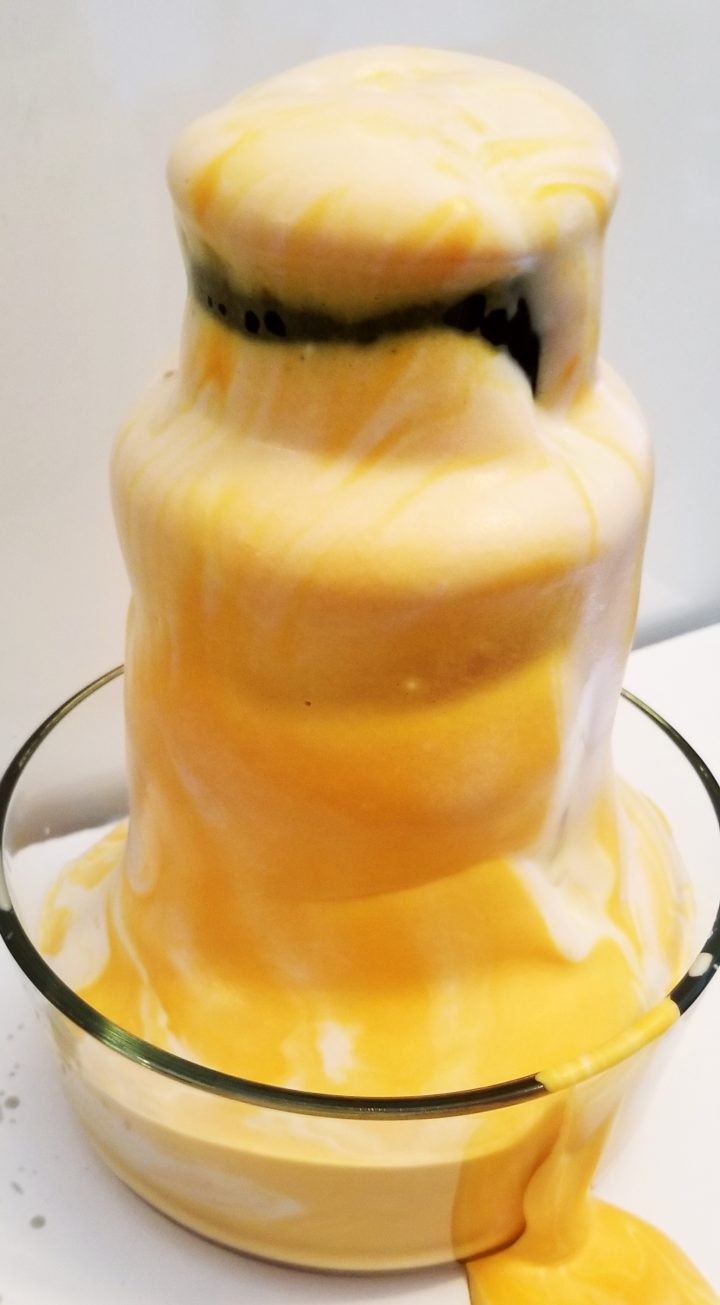
Pour the yeast/water mixture into the hydrogen peroxide/soap mixture. Don’t take your eyes off of the bowls because the reaction is immediate! As long as your bowl is big enough the ooze will be contained.
You will find that it will keep oozing for a while after you mix the ingredients together. Personally, I find it mesmerizing!
You have created a chemical reaction and a really cool science experiment that kids will love!
Ideas to Extend Science Experiments
Since this experiment is always popular with kids, I have changed it slightly over the years for different uses.
Here is another fun idea for this experiment that works well if you have children learning about colours. You need all of the same materials and follow the same steps as above to prepare your ingredients.
This time, however, after I placed my yeast/water mixture in the large bowl, I separated the hydrogen peroxide and soap mixture into small containers.
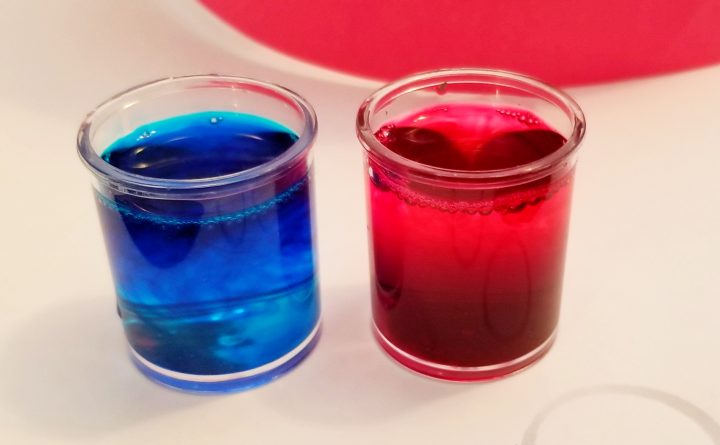
To each container, I added a different colour of food colouring. The more colours the better!
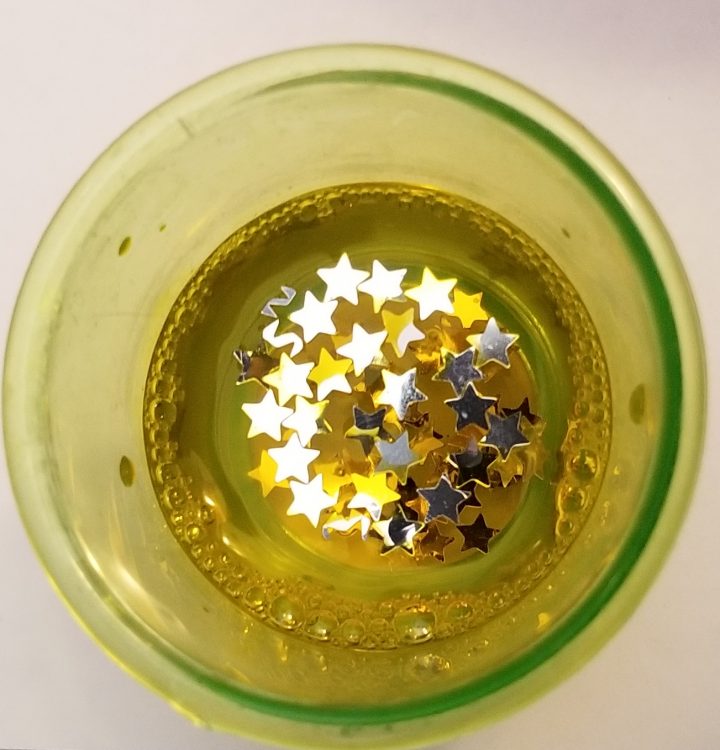
To a few of the small containers, I also added some small sparkles and sequins. They don’t show up really clearly when added, but they are a fun addition.
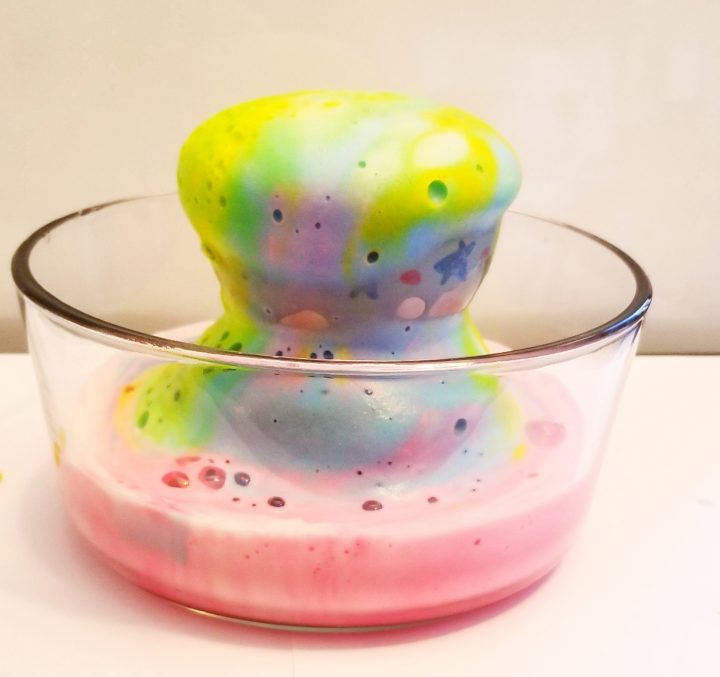
One by one, I added one of the small cups to the yeast/water mixture in the bowl. Slowly, as the mixtures react to each other, the vibrant assortment of colours also becomes clear and overflow like a waterfall.
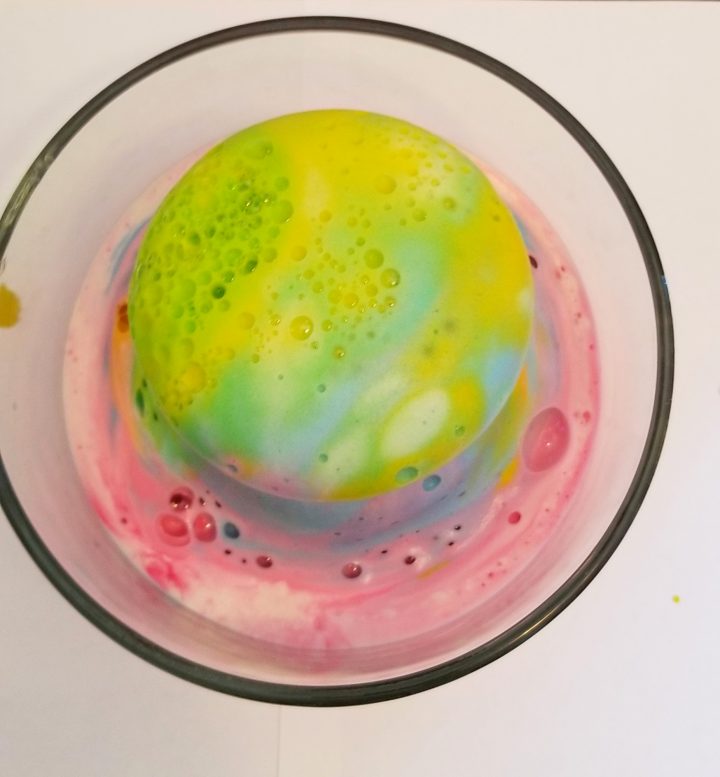
Encourage children to observe the oozing from the side of the bowl as well as from the top. The layers of coloured foam are beautiful and interesting to watch as they form.
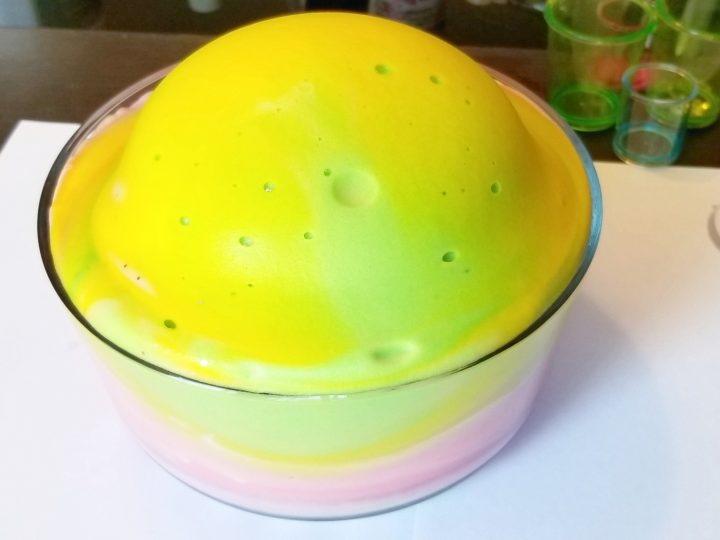
My large bowl ended up being just big enough for all of the oozing foam! But doesn’t it create a beautiful science experiment?
Fall Exploding Pumpkin Science Experiments
Since we keep repeating this experiment in different ways, I wanted to include one of our favourite ways to do this experiment.
In the fall, we use a small, carved pumpkin for the focus of our experiment.
I did this at home, but we also did a whole class science experiments with a small pie pumpkin jack o’lantern.

You need all of the same materials and ingredients again, but you also need a small pumpkin. Using science experiments as a way to introduce a unit, such as fall or Halloween, are a great way to get kids excited about the unit – and science!
I used a small pumpkin and carved a very basic face. With students circled around me, I laid out a cloth on the floor. Then I set a small glass container inside of the pumpkin.
Encourage children to observe both of the mixtures before adding them to each other. They will notice that on their own neither of the mixtures are doing anything.
Children can then predict what they think is going to happen when the two mixtures are added together.
Although the mixture does not actually explode everywhere, I had children wear safety glasses. It is a good habit for them to get into for science experiments. I also find that it builds the excitement.
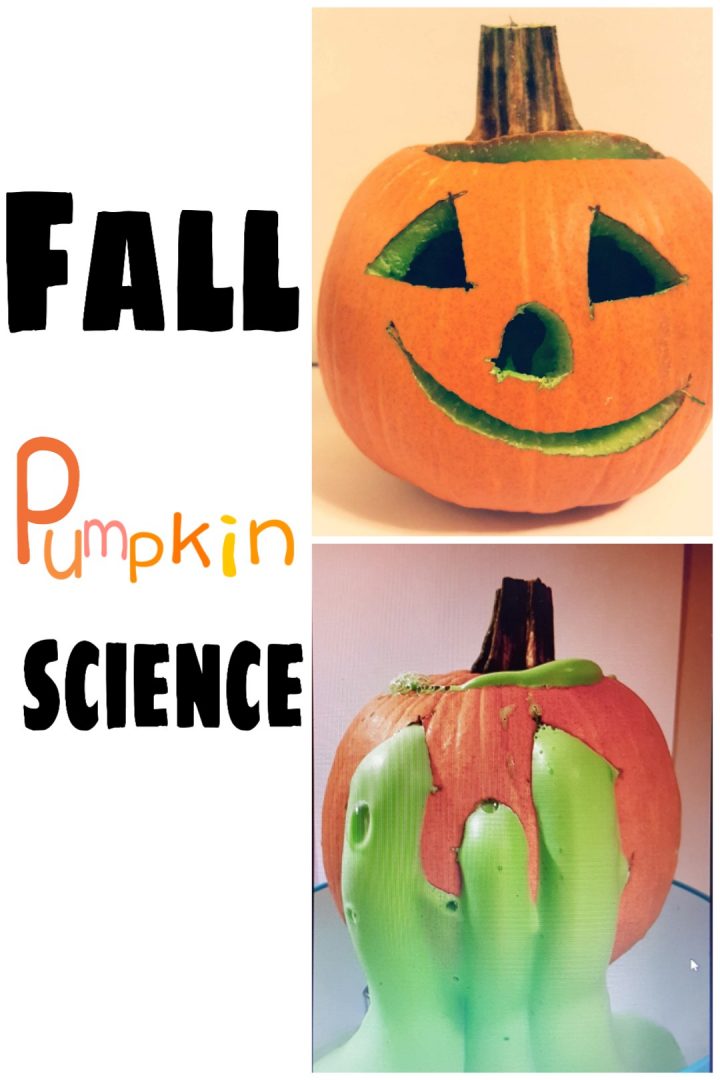
We only use the glasses to practice safety procedures when doing experiments. I remind children every time we do an experiment that science is something that they can do at home, but always with a parent. Always use caution.
Pour the hydrogen peroxide, soap and food colouring mixture into the yeast and water mixture in the bowl you have set inside of the pumpkin.
Replace the pumpkin top. Once the mixtures are added together, within seconds, the foam is oozing out of the pumpkins eyes, nose and mouth.
It is fun to watch as the foam bubble out. Kids love this type of science!
Since this experiment has always been memorable for my students, I have repeated it several times. I often use it in the fall, or for Halloween.
Another idea, other than an exploding pumpkin, is to create an oozing cauldron. Again, I used all of the same steps as above, but I used green food colouring and added some plastic spiders – just for fun!
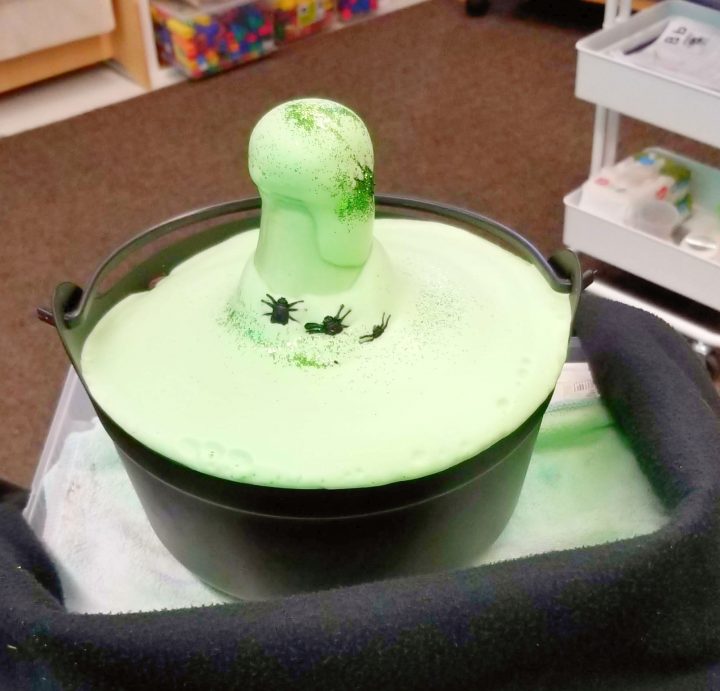
Have some fun trying out this experiment at home or in the classroom. There are many ways that you can use this experiment for kids of all ages.
Have some fun trying out this experiment at home or in the classroom. There are many ways that you can use this experiment for kids of all ages.
Join Hands-On Teaching Ideas
Join Hands-On Teaching Ideas to gain access to my Free Resource Library filled with lots of printable learning resources, from a choice board full of STEM activities and science experiments for kids to escape room games, you can download anything that interests you for your classroom or home. Subscribe here.
For your convenience, this post contains affiliate links. As an Amazon Associate I earn from qualifying purchases and I may earn a small commission at no cost to you.
Always read labels carefully before using.
More Hands-On Teaching Ideas
If you are looking for more engaging learning activities for kids to do at home, or school, below is a collection of my favourite, and most popular activities.


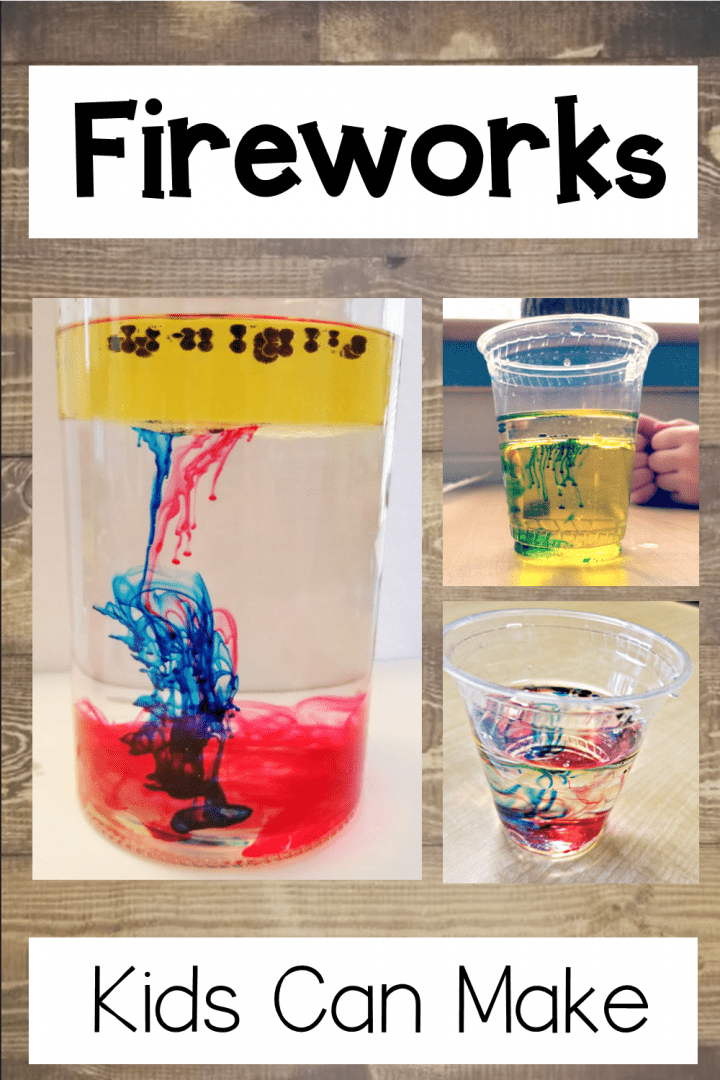
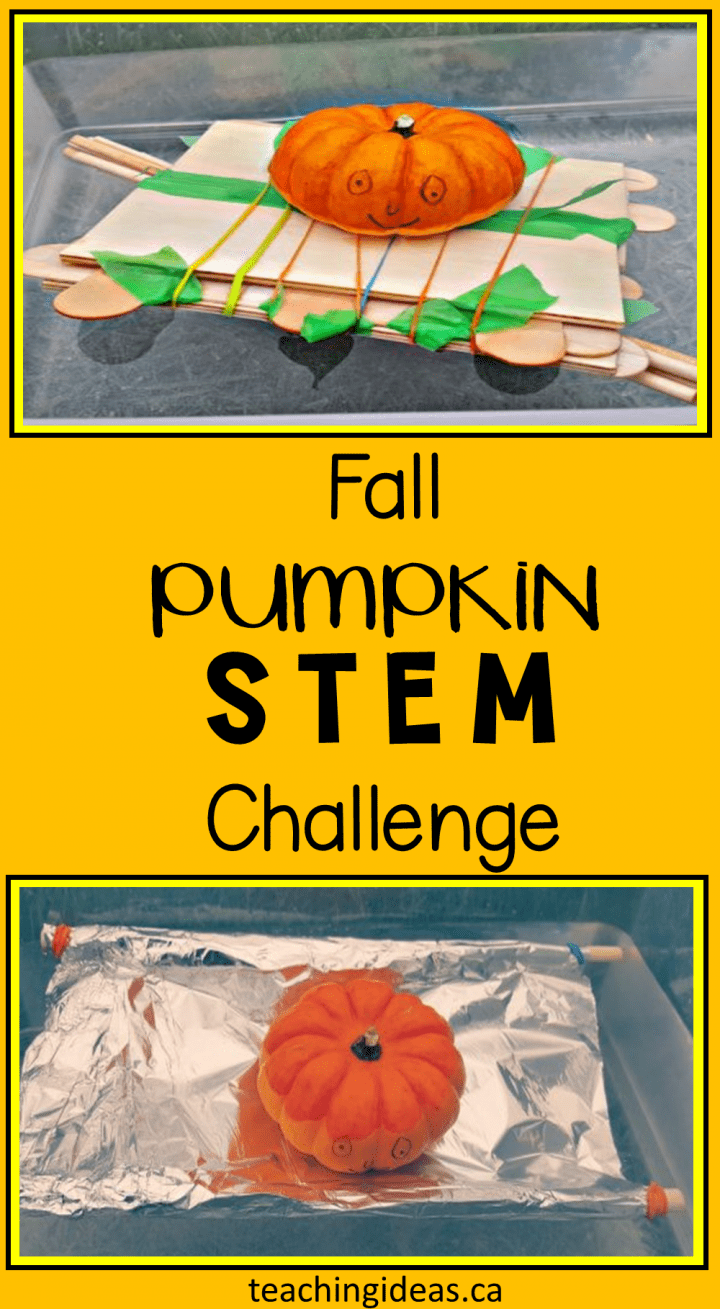
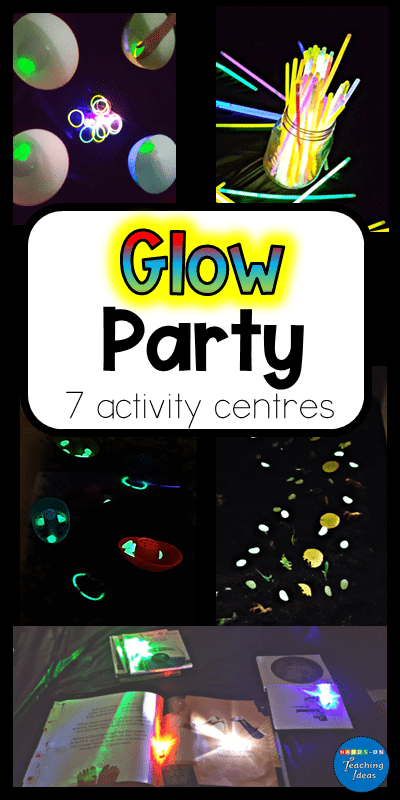
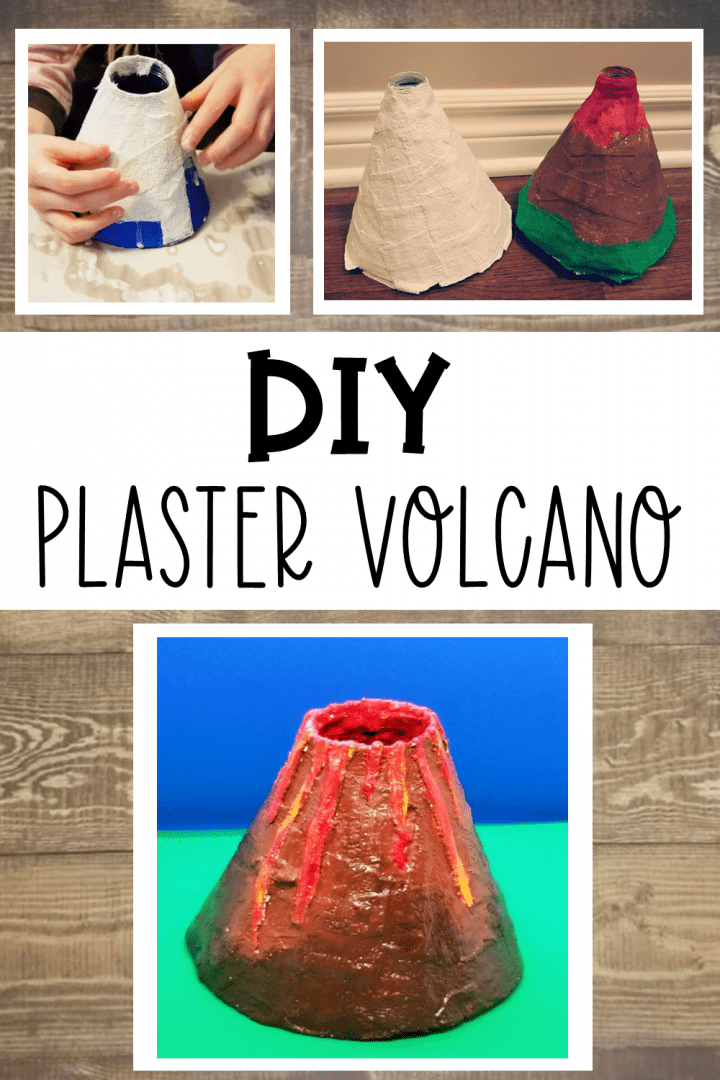
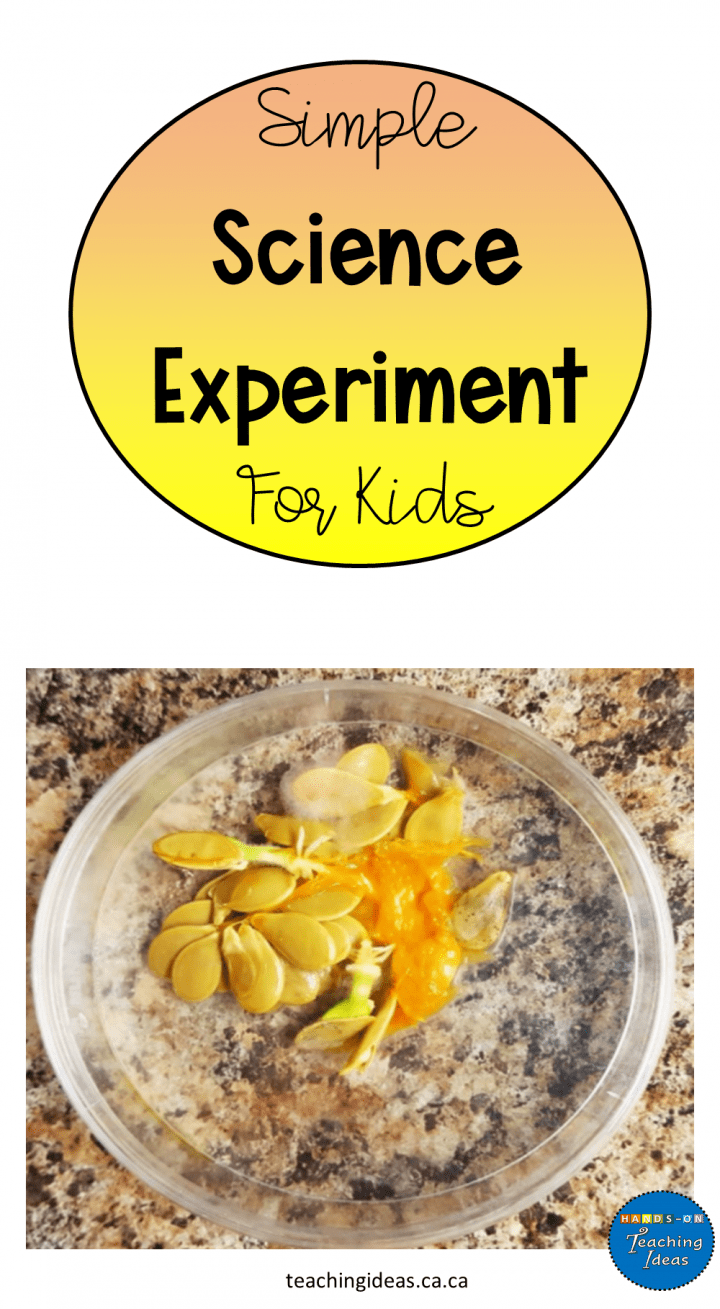
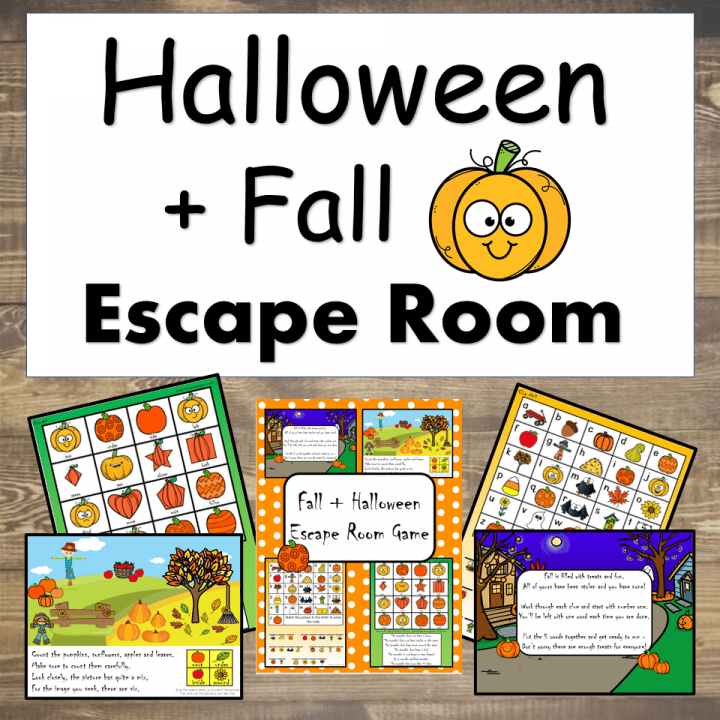
Leave a Reply